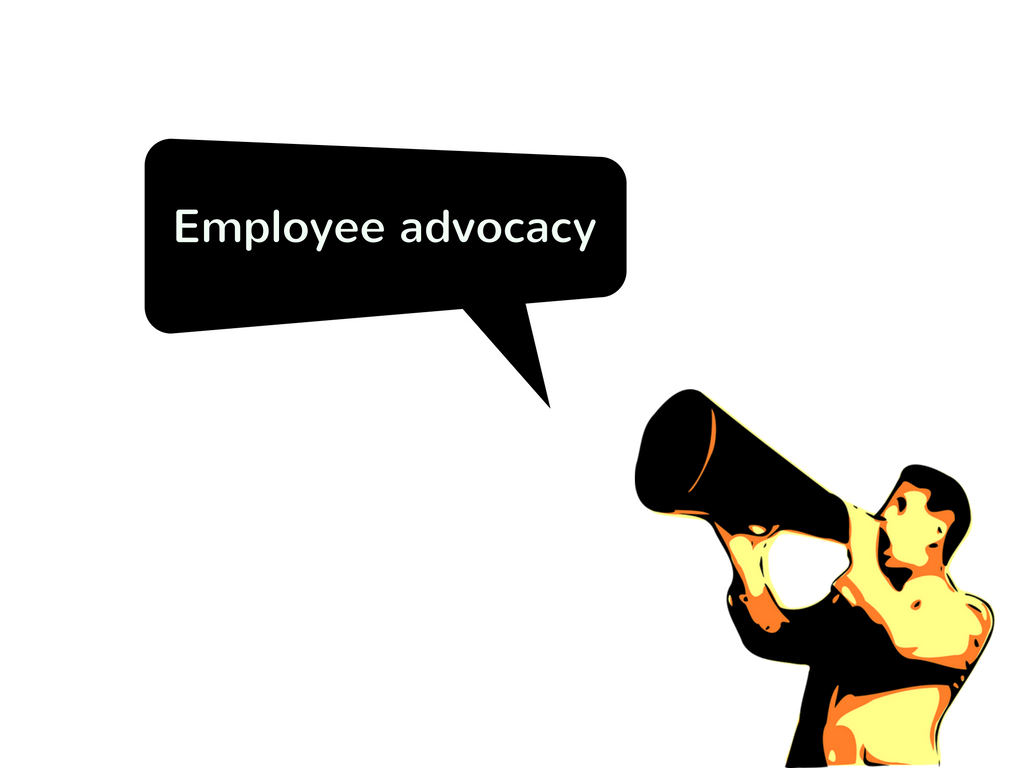Established businesses leverage all sorts of brand advocates, from influential bloggers to social media celebrities. By leveraging the social reach of these individuals, you can effectively raise awareness and trust in your brand. However, most businesses tend to overlook the best prospective advocates; even though they are right under their noses.
With employee advocates, you can increase the social reach of your company tenfold. They can also provide your audience with a glimpse of your company culture — a “sneak peek”, if you will, on how your business is run from the inside.
Furthermore, employee advocacy can be your ticket to maximizing brand engagement in social platforms. According to the 2012 Edelman Trust Barometer, consumers trust regular employees more than branded content or statements from executives.
To launch a successful employee advocacy program, below are the steps you need to remember:
Develop Your Culture
A harmonious company culture is one of the most important components of successful employee advocacy. Keep in mind that if you keep your employees happy, they reflect positivity outward, especially with the way they communicate with your audience.
Of course, there are other benefits of developing a tightly-knit company culture. Employees will be more accountable, teams will be more productive, and communication will be improved; both internally and externally.
To develop your company culture, you need to invest in activities that boost camaraderie such as retreats, contests, and parties. These events will also provide them with materials for sharing, such as photographs and short video clips.
Establish Guidelines
While it is advisable to set loose the creativity of employees, forgetting to establish social guidelines may lead to PR disasters. That said, you need to set up social media policy that regulates how employees interact with the audience.
Aside from being respectful at all times, employees must always be careful with the information they share. A good strategy is to include three essential rules:
1. Don’t talk about things you don’t know
2. Don’t give promises you can’t deliver
3. Don’t endorse other brands — specifically competitors
As an aid to your social guidelines, you can write different audience personas to help employees quickly build rapport. Include as much information as you can such as what they do for work, what are their hobbies, what time of the day are they most active, and so on.
No matter what the details of your guidelines are, however, make sure to train your team, so you know everyone’s aligned on the standards and types of activity you expect. When it comes to getting everyone properly trained, e-learning software can go a long way, especially if your platform of choice has features like per-viewer attention metrics and automatic calendar sync.
The Problem with Every TOS You Sign
Establish KPIs
To help optimize your employee advocacy campaign, you need to identify key performance indicators or KPIs. For example, how many followers do you hope to gain through employee accounts? Are you specifically looking to attract leads or paying customers?
Take note that certain social networks like Facebook already provide accurate measures of engagement such as post reach, click-throughs, and likes. But if you prefer tracking multiple networks seamlessly, then you can leverage social media tools like Buffer.
With this app, your employees can also schedule social media posts so their followers are never left hanging. It also comes with a free image editor to help them create branded visuals for their posts.
Invest In Their Online Presence
When it comes to employee advocacy, it is better to let your people build their own brand. Who knows — maybe one of your employees has the potential to become a social media celebrity or even a thought-leader. You just need to supply them with the right tools and let them explore the right opportunities.
For example, an employee who is adept in writing can be given the chance to run their own blog. A photography hobbyist may also take the lead in your Instagram project.
Once you identify the talents of your employee advocates, you can invest in specialized social media training to help develop their skills. You can start by introducing employee advocacy tools that can make their roles more maneagable.
Make Advocacy an “Everyday Thing”
Finally, remember that your employees must learn to become advocates 24/7. It doesn’t even matter if they’re at the office, attending a local event, or at home. They must be willing to stand up for the brand whenever necessary.
You should also encourage employees to become active in social networks where it is appropriate to share frequent updates. Snapchat, for example, can provide followers with candid photos of employees at work.
Is employee advocacy a part of your online marketing strategy? Feel free to share your experiences as well as tips in the comments section.

